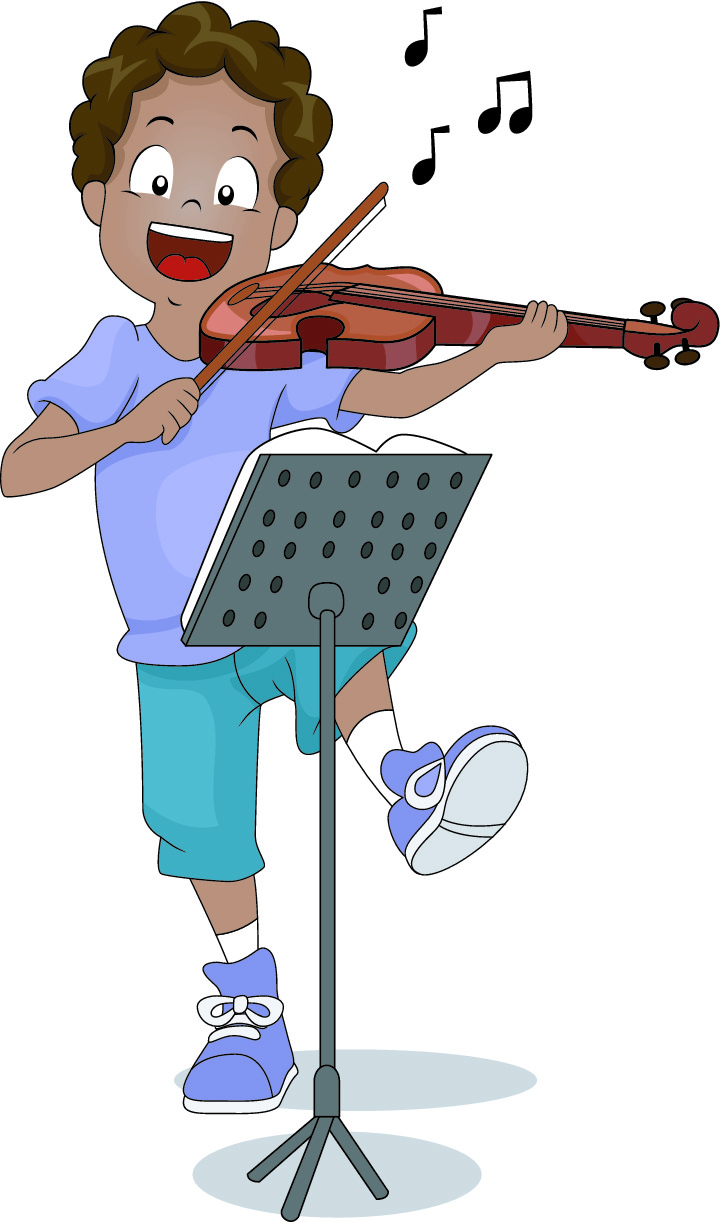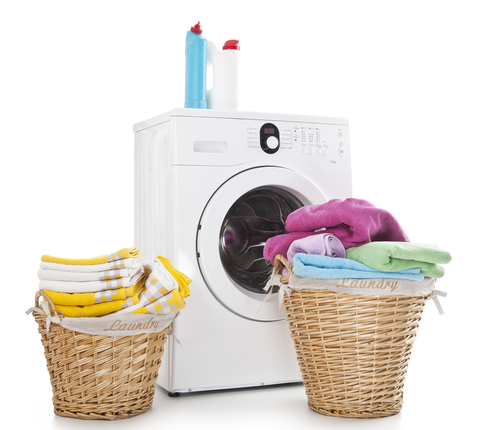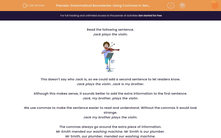Read the following sentence.
Jack plays the violin.

This doesn't say who Jack is, so we could add a second sentence to let readers know.
Jack plays the violin. Jack is my brother.
Although this makes sense, it sounds better to add the extra information to the first sentence. We call this parenthesis.
Jack, my brother, plays the violin.
Here, we have used commas to make the sentence easier to read and understand. Without the commas it would look strange.
Jack my brother plays the violin.
We can also use brackets or dashes to surround the parenthesis.
The brackets, dashes or commas always go around the extra piece of information.
Mr Smith mended our washing machine. Mr Smith is our plumber.
Mr Smith (our plumber) mended our washing machine.
or
Mr Smith - our plumber - mended our washing machine.

In this activity, you will look at how to use parentheses, so if you are ready, let's get started!








